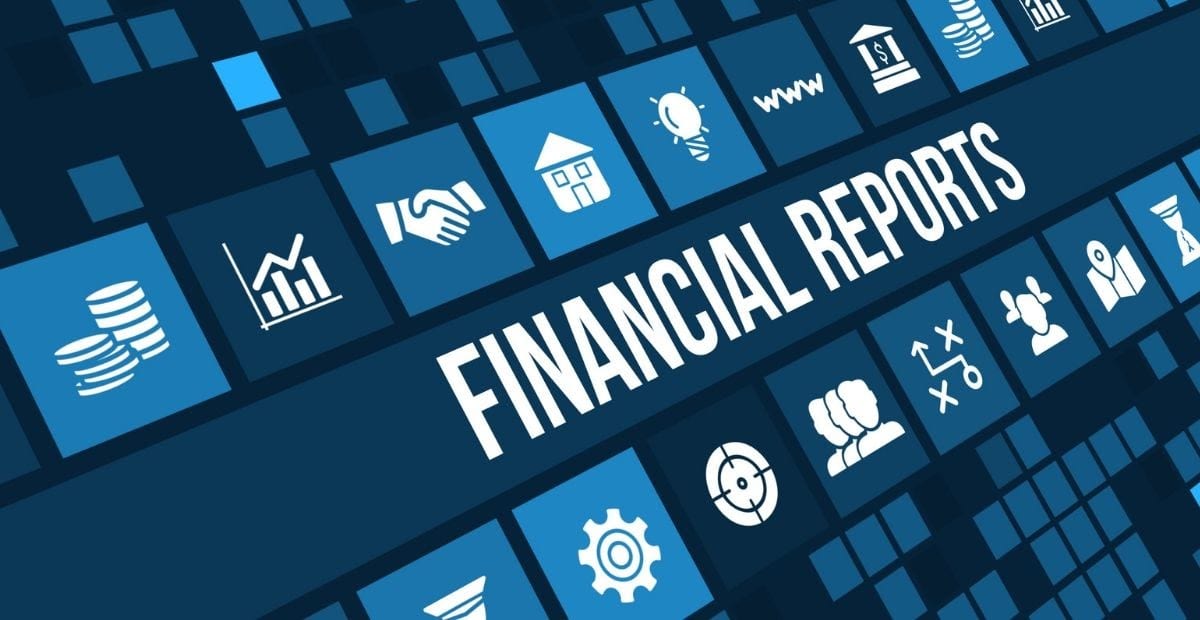Small Business Owners Need to Understand These Financial Reports

Measuring the success of your business can be done in a wide variety of ways. Small business owners need to know how to measure success in each of these ways, especially since certain areas of your business may thrive while other areas struggle.
Because of this, understanding financial reports becomes extremely important for small business owners. Knowing where your business stands throughout every phase, whether growing or struggling, will help you determine what changes should be made to move forward.
If you’re wondering what financial reports are most important, we have three of them that we think reign superior above the rest — income statements, cash flow statements, and balance sheets. Of course, there are many more you’ll need to understand; however, these three will be a great place to start!
Let’s take a closer look at these financial reports and how you can use them to measure the success of your business.
Income Statements
Income statements are essential to showing the profitability of your company at any given time — or for a specific amount of time. In this financial report, you’ll focus on two things — revenue and expenses.
Revenue will be the income you’ve made during that time, including revenue for any products sold or services completed. On the other hand, expenses will include any bills, fixed costs, payroll, maintenance, etc.
Subtracting your expenses from revenue will give you your net profit — or net loss.
Cash Flow Statements
Cash flow is one of the biggest issues small business owners face on a month-to-month basis. For those that aren’t aware, cash flow is the amount of cash you have at any given time. Solid cash flow means you can properly meet demands, bills, and other expenses if need be.
With this financial report, you’ll largely be focusing on three things — operating cash flow (money from typical business activities), investing cash flow, and financing cash flow (debts). When you take your beginning cash balance, add cash inflows, and subtract cash outflows, you have your remaining cash flow.
Balance Sheets
If you’ve ever heard of assets and liabilities, then you’re on your way to understanding balance sheets. Assets, of course, are items or cash owned by the business that could be used as collateral. Liabilities are any debts or expenses that the business owes.
Balance sheets are essential when determining the current financial position of the business as a whole. It will generally include cash, inventory, equipment, property, shareholders stakes, debts, and much more. If done the right way, both sides of your balance sheet will be equal — hence why it’s called a balance sheet.
Financial reports can be rather confusing for the average person, but it’s worth it for every small business owner to understand the basics — at the very least.
If you’re finding it difficult to make complete sense out of these financial reports — whether it be an income statement, cash flow statement, balance sheet, or any other report — you can give us a call and we’d be glad to help!
References
Hayes, Adam. “Balance Sheet.” Investopedia, Investopedia, 13 May 2020, www.investopedia.com/terms/b/balancesheet.asp.
Murphy, Chris B. “Understanding the Cash Flow Statement.” Investopedia, Investopedia, 29 Jan. 2020, www.investopedia.com/investing/what-is-a-cash-flow-statement/.
